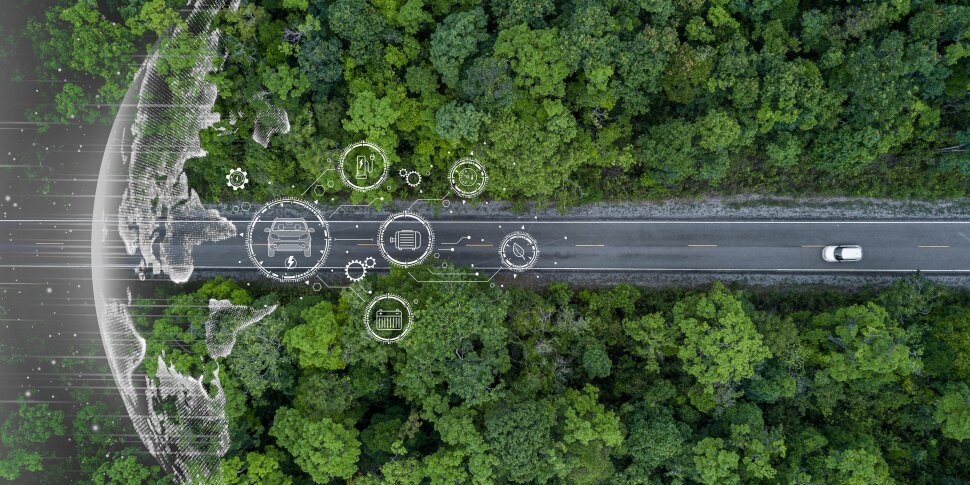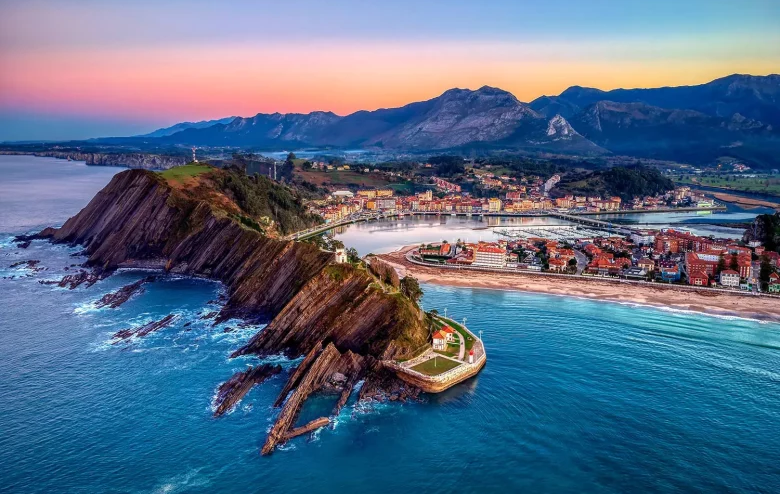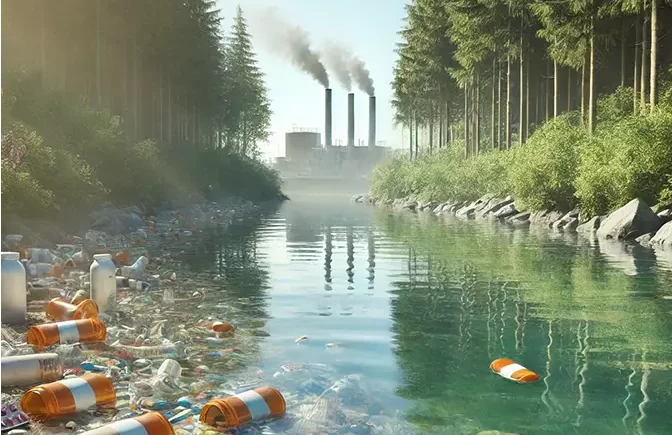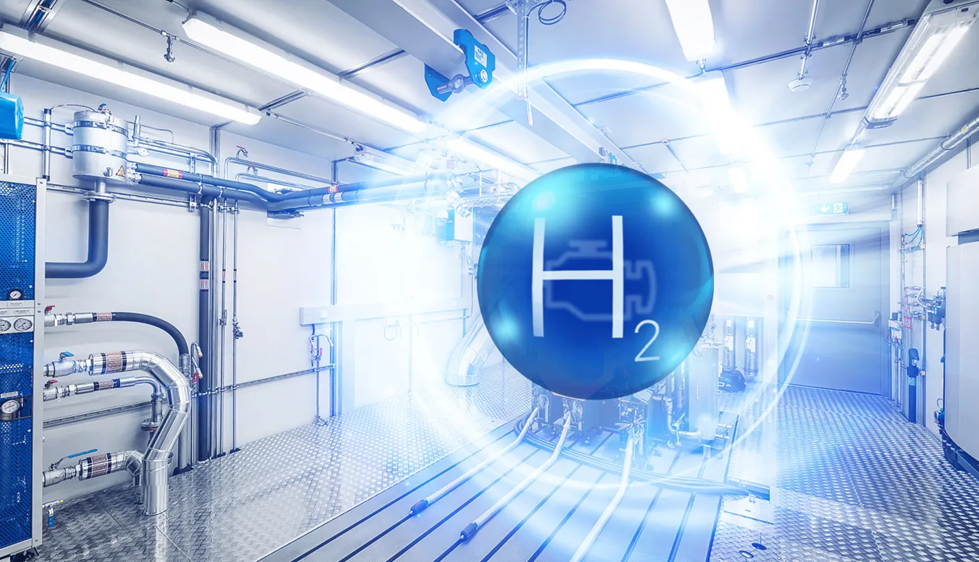Estimate of Power Output from Hydraulic Jumps Generated Downstream from Barrages
Downloads
Doi:10.28991/HEF-2024-05-01-06
Full Text:PDF
Downloads
Olabi, A. G., & Abdelkareem, M. A. (2022). Renewable energy and climate change. Renewable and Sustainable Energy Reviews, 158, 112111. doi:10.1016/j.rser.2022.112111.
Unacademy. (2023). Use of clean energy sources. Unacademy: India's largest learning platform, Karnataka, India. Available online: https://unacademy.com/content/neet-ug/study-material/biology/use-of-clean-energy-sources/ (accessed on May 2023).
World Bank. (2010). World Bank Annual Report 2010 Year in Review. World Bank Annual Report, 2010. doi:10.1596/978-0-8213-8376-6.
Hersh, M. A. (2006). The Economic and Politics of Energy Generation. In Improving Stability in Developing Nations through Automation, 77–82. doi:10.1016/B978-008045406-1/50011-2.
EIA. (2023). EIA projects that renewables will provide nearly half of world electricity by 2050. U.S. Energy Information Administration (EIA): Today in Energy: Independent Statistics and Analysis, Washington, D.C., United States. Available online: https://www.eia.gov/todayinenergy/detail.php?id=41533 (accessed on May 2023).
Akikur, R. K., Saidur, R., Ping, H. W., & Ullah, K. R. (2013). Comparative study of stand-alone and hybrid solar energy systems suitable for off-grid rural electrification: A review. Renewable and Sustainable Energy Reviews, 27, 738–752. doi:10.1016/j.rser.2013.06.043.
Bandara, W., & Kowshayini, P. (2018). Evaluation of the Performances of Biomass Briquettes Produced with Invasive Eichornia crassipes (Water hyacinth), Wood Residues and Cow Dung for Small and Medium Scale Industries. Journal of Fundamentals of Renewable Energy and Applications, 8(1), 1000247. doi:10.4172/2090-4541.1000247.
Yah, N. F., Oumer, A. N., & Idris, M. S. (2017). Small scale hydro-power as a source of renewable energy in Malaysia: A review. Renewable and Sustainable Energy Reviews, 72, 228–239. doi:10.1016/j.rser.2017.01.068.
NREL. (2023). Hydropower Basics. National Renewable Energy Laboratory (NREL), Colorado, United States. Available online: https://www.nrel.gov/research/hydropower.html (accessed on May 2023).
Laishram, K., Kumar, P. A., & Devi, T. T. (2022). Effect of channel slope and roughness on hydraulic jump in open channel flow. IOP Conference Series: Earth and Environmental Science, 958(1), 012014. doi:10.1088/1755-1315/958/1/012014.
Gupta, S. K., Mehta, R. C., & Dwivedi, V. K. (2013). Modeling of relative length and relative energy loss of free hydraulic jump in horizontal prismatic channel. Procedia Engineering, 51(NUiCONE), 529–537. doi:10.1016/j.proeng.2013.01.075.
Montes, J. S. (1986). A Study of the Undular Jump Profile. 9th Australasian Fluid Mechanics Conference, Auckland, 8-12 December, 148–151.
Kim, Y., Choi, G., Park, H., & Byeon, S. (2015). Hydraulic jump and energy dissipation with sluice gate. Water (Switzerland), 7(9), 5115–5133. doi:10.3390/w7095115.
Chen, J. Y., Liao, Y. Y., & Liu, S. I. (2013). Energy dissipation of hydraulic jump in gradually expanding channel after free overfall. Journal of the Chinese Institute of Engineers, Transactions of the Chinese Institute of Engineers, Series A, 36(4), 452–457. doi:10.1080/02533839.2012.732263.
Al Talib, A. N., Mohammed, A. Y., & Hayawi, H. A. (2019). Hydraulic jump and energy dissipation downstream stepped weir. Flow Measurement and Instrumentation, 69(July), 101616. doi:10.1016/j.flowmeasinst.2019.101616.
Kumar, T.V., Bais, V., Sihag, S., & Singhal, S. (2022). Methods to Increase Energy Dissipation in Hydraulic Jump. International Journal of Engineering Research & Technology, 10(5), 137–141.
Gupta, S. K., & Dwivedi, V. K. (2023). Prediction of Depth Ratio, Jump Length and Energy Loss in Sloped Channel Hydraulic Jump for Environmental Sustainability. Evergreen, 10(2), 942–952. doi:10.5109/6792889.
Zhou, Y., Wu, J., Ma, F., & Hu, J. (2020). Uniform flow and energy dissipation of hydraulic-jump-stepped spillways. Water Science and Technology: Water Supply, 20(4), 1546–1553. doi:10.2166/ws.2020.056.
Sayyadi, K., Heidarpour, M., & Ghadampour, Z. (2022). Effect of Bed Roughness and Negative Step on Characteristics of Hydraulic Jump in Rectangular Stilling Basin. Shock and Vibration, 1722065. doi:10.1155/2022/1722065.
Maryami, E., Mohammadpour, R., Beirami, M. K., & Haghighi, A. T. (2021). Prediction of hydraulic jump characteristics in a closed conduit using numerical and analytical methods. Flow Measurement and Instrumentation, 82(October), 102071. doi:10.1016/j.flowmeasinst.2021.102071.
Annenberg Learner (2023). Insights into algebra 1 Episodes 1-8: teaching for learning. California, United States. Available online: https://www.learner.org/series/insights-into-algebra-1-teaching-for-learning-2/mathematical-modeling/ (accessed on May 2023).
Zhao, Y., Liu, J., & Wang, Z. (2016). Calculation method for conjugate depths in quadratic parabolic channels. Flow Measurement and Instrumentation, 50, 197–200. doi:10.1016/j.flowmeasinst.2016.06.007.
Leutheusser, H. J., & Fan, J. J. (2001). Backward Flow Velocities of Submerged Hydraulic Jumps. Journal of Hydraulic Engineering, 127(6), 514–517. doi:10.1061/(asce)0733-9429(2001)127:6(514).
Imam, E. H., & El Brardei, S. A. (2011). Optimum Operation of Canal Barrages. International Conference on Water, Energy and Environment, November 14–17, Sharjah, United Arab Emirates (UAE).
El Baradei, S. A., Abodonya, A., Hazem, N., Ahmed, Z., El Sharawy, M., Abdelghaly, M., & Nabil, H. (2022). Ethiopian Dam Optimum Hydraulic Operating Conditions to Reduce Unfavorable Impacts on Downstream Countries. Civil Engineering Journal (Iran), 8(9), 1906–1919. doi:10.28991/CEJ-2022-08-09-011.
Dey, S. (2008). Errata for "Characteristics of Turbulent Flow in Submerged Jumps on Rough Beds” by Subhasish Dey and Arindam Sarkar. Journal of Engineering Mechanics, 134(7), 599–599. doi:10.1061/(asce)0733-9399(2008)134:7(599).
Swamee, P. K. (1992). Sluice"Gate Discharge Equations. Journal of Irrigation and Drainage Engineering, 118(1), 56–60. doi:10.1061/(asce)0733-9437(1992)118:1(56).
Hoffmans, G. J. C. M., & Pilarczyk, K. W. (1995). Local Scour Downstream of Hydraulic Structures. Journal of Hydraulic Engineering, 121(4), 326–340. doi:10.1061/(asce)0733-9429(1995)121:4(326).
Aamir, M., Ahmad, Z., Pandey, M., Khan, M. A., Aldrees, A., & Mohamed, A. (2022). The Effect of Rough Rigid Apron on Scour Downstream of Sluice Gates. Water (Switzerland), 14(14), 2223. doi:10.3390/w14142223.
EECA. (2023). Usage Concerns | Egyptian Electric Cooperative. Egyptian Electric Cooperative Association, Illinois, United States. Available online: https://eeca.coop/energy-efficiency/usage-concerns/ (accessed May 14, 2023).
Mklights. (2023). Does LED street lamps better than high-pressure sodium lamps?. Hangzhou Mklights Technology Co., Zhejiang, China. Available online: https://www.mklights.com/BLOGS/does-led-street-lamps-better-than-high-pressure-sodium-lamps.html (accessed on May 2023).
Majumder, P., & Saha, A. K. (2019). Identification of Most Significant Parameter of Impact of Climate Change and Urbanization on Operational Efficiency of Hydropower Plant. International Journal of Energy Optimization and Engineering, 8(3), 43–68. doi:10.4018/ijeoe.2019070103.
Renewables First. (2023). How much hydropower power can I get. Renewables First, Brimscombe, England. Available online https://www.renewablesfirst.co.uk/renewable-energy-technologies/hydropower/hydropower-learning-centre/how-much-power-could-i-generate-from-a-hydro-turbine/ (accessed on August 2023).
Quaranta, E., Bahreini, A., Riasi, A., & Revelli, R. (2022). The Very Low Head Turbine for hydropower generation in existing hydraulic infrastructures: State of the art and future challenges. Sustainable Energy Technologies and Assessments, 51, 101924. doi:10.1016/j.seta.2021.101924.
- The authors retain all copyrights. It is noticeable that authors will not be forced to sign any copyright transfer agreements.
- This work (including HTML and PDF Files) is licensed under a Creative Commons Attribution 4.0 International License.














